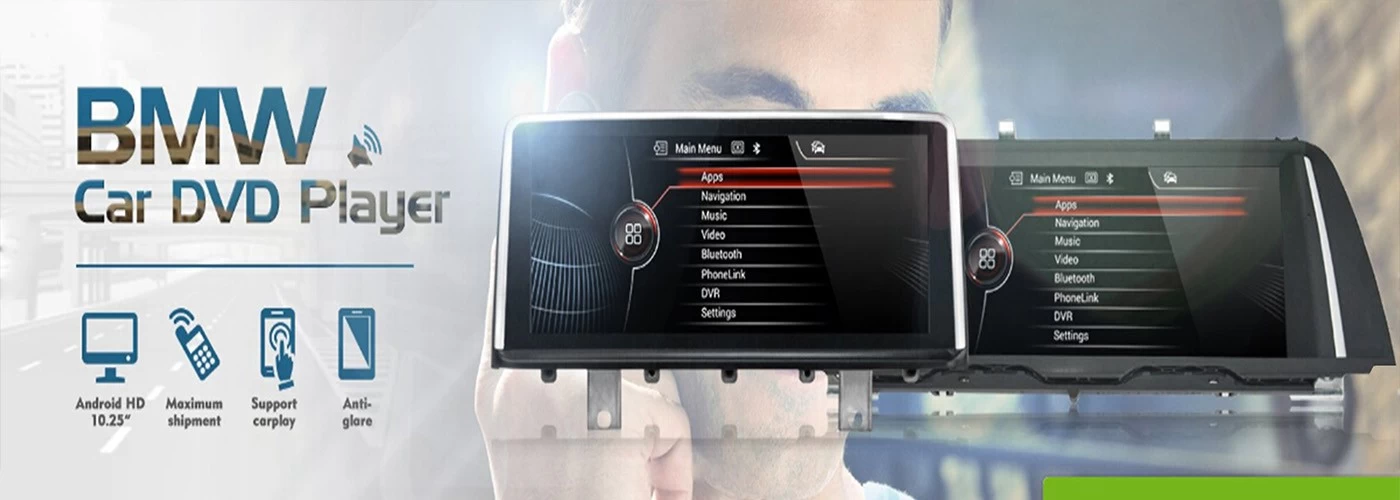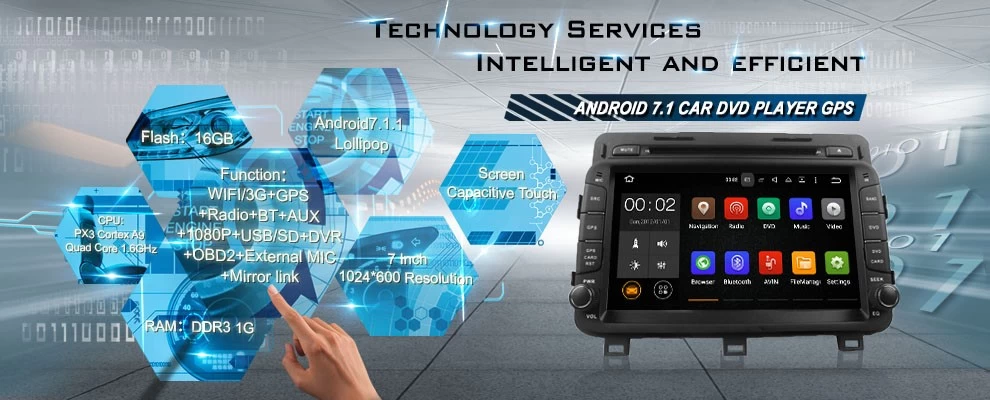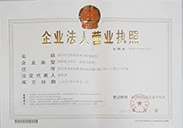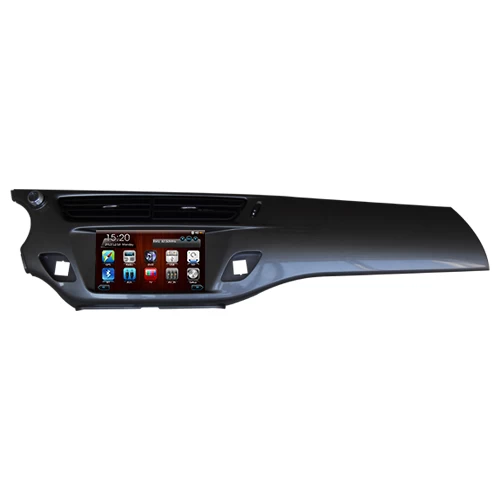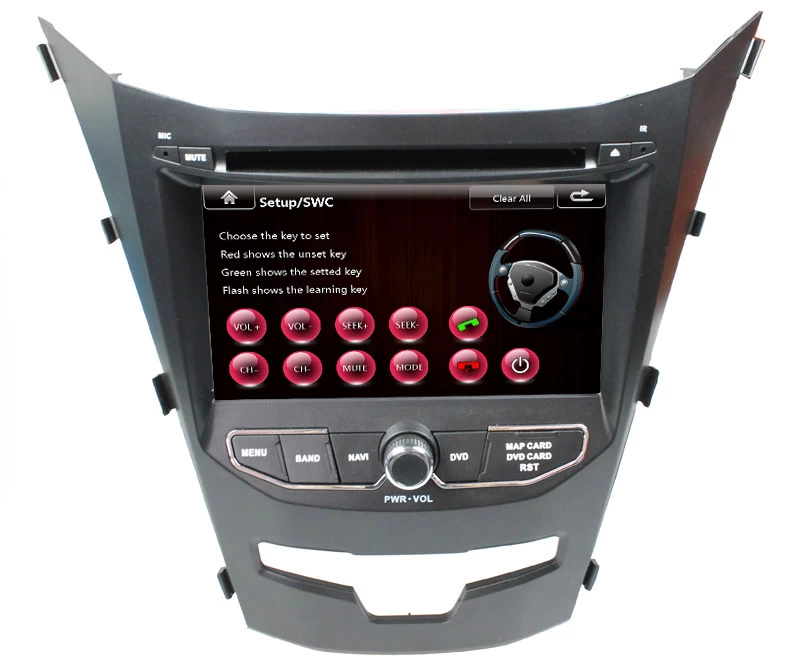Just now, new news came from the automotive industry! This field or welcome major changes!
2018-06-05 10:59:06
"We must go all out to develop new energy vehicles, especially electric vehicles. In addition, great efforts must be made to strengthen the transformation and upgrading of the traditional automobile industry, so that it can adapt to the needs of the current situation and the people's needs for it. We must continue to promote the integration of industry, university, and research institutes, and break new ground in key technologies and cutting-edge innovations to improve our ability to independently innovate and support key components.
We must adhere to the principle of bringing in and going abroad, and continuously expand international production capacity and innovative technical cooperation to form a new pattern of global investment, financing, production, trade, service network, and other aspects.
At present, the networking of automobiles involves autopilot. In fact, 90% of accidents on the road are caused by humans, and rarely caused by auto faults. Digitization can support us to warn some drivers of harmful behavior. This has become a major trend and has also become a major cause of innovation. For the company, the qualifications of employees need to be reviewed and more IT talents are needed. These new technologies cannot cover the entire world overnight. In some mature markets, especially in metropolitan areas, the digitization process will be faster than others. Legislators all over the world need to start creating a regulatory basis for using these new technologies throughout the world. Therefore, the use of such new technologies should also be compatible with the development of the economy and the construction of infrastructure. These technologies also need to be used globally, so it is important to benefit the entire human population. We need to Preparing the world for digitalization also requires better road safety.
In the past 20 years, the automotive industry has promoted the survival of the fittest. Companies have spared no effort to reduce costs, improve operational efficiency, reduce the number of platforms, and increase labor productivity. Inefficiency or the lack of a basic size gradually disappeared, including Pontiac, Daewoo, Rover, Saab, Oldsmobile, Mercury and Saturn and other famous car brands. Instead, they are challengers with new business models: from drip to Uber, from Waymo to Tesla. It will take time for the challengers to achieve final success and truly develop their ability to survive and sustain development. In less than a generation's history, a number of new brands have emerged in the Chinese market and in the world's largest auto market. This includes brands established by technology startups, such as Weilai cars.
Chinese traditional car companies are struggling to gain market share. Many of them have already established joint ventures with foreign brands. There are currently 185 million cars on the Chinese market and it is expected to sell 30 million new cars this year. However, we cannot rely on the increase in sales in the Chinese market to offset the challenges posed by new brands and disruptive technologies around the world. China is facing similar problems with mature markets such as North America and Western Europe. We are struggling with traffic jams and pollution: China has 35 cities with more than a million cars that compete for space on limited roads. Regulations have become increasingly stringent. China stipulates that by 2025, sales of low-emission new energy vehicles account for at least 20%. Chinese consumers are also hoping to get cleaner, smarter, and connected infrastructure support products that are being developed in other markets.
"
We must adhere to the principle of bringing in and going abroad, and continuously expand international production capacity and innovative technical cooperation to form a new pattern of global investment, financing, production, trade, service network, and other aspects.
At present, the networking of automobiles involves autopilot. In fact, 90% of accidents on the road are caused by humans, and rarely caused by auto faults. Digitization can support us to warn some drivers of harmful behavior. This has become a major trend and has also become a major cause of innovation. For the company, the qualifications of employees need to be reviewed and more IT talents are needed. These new technologies cannot cover the entire world overnight. In some mature markets, especially in metropolitan areas, the digitization process will be faster than others. Legislators all over the world need to start creating a regulatory basis for using these new technologies throughout the world. Therefore, the use of such new technologies should also be compatible with the development of the economy and the construction of infrastructure. These technologies also need to be used globally, so it is important to benefit the entire human population. We need to Preparing the world for digitalization also requires better road safety.
In the past 20 years, the automotive industry has promoted the survival of the fittest. Companies have spared no effort to reduce costs, improve operational efficiency, reduce the number of platforms, and increase labor productivity. Inefficiency or the lack of a basic size gradually disappeared, including Pontiac, Daewoo, Rover, Saab, Oldsmobile, Mercury and Saturn and other famous car brands. Instead, they are challengers with new business models: from drip to Uber, from Waymo to Tesla. It will take time for the challengers to achieve final success and truly develop their ability to survive and sustain development. In less than a generation's history, a number of new brands have emerged in the Chinese market and in the world's largest auto market. This includes brands established by technology startups, such as Weilai cars.
Chinese traditional car companies are struggling to gain market share. Many of them have already established joint ventures with foreign brands. There are currently 185 million cars on the Chinese market and it is expected to sell 30 million new cars this year. However, we cannot rely on the increase in sales in the Chinese market to offset the challenges posed by new brands and disruptive technologies around the world. China is facing similar problems with mature markets such as North America and Western Europe. We are struggling with traffic jams and pollution: China has 35 cities with more than a million cars that compete for space on limited roads. Regulations have become increasingly stringent. China stipulates that by 2025, sales of low-emission new energy vehicles account for at least 20%. Chinese consumers are also hoping to get cleaner, smarter, and connected infrastructure support products that are being developed in other markets.
"



